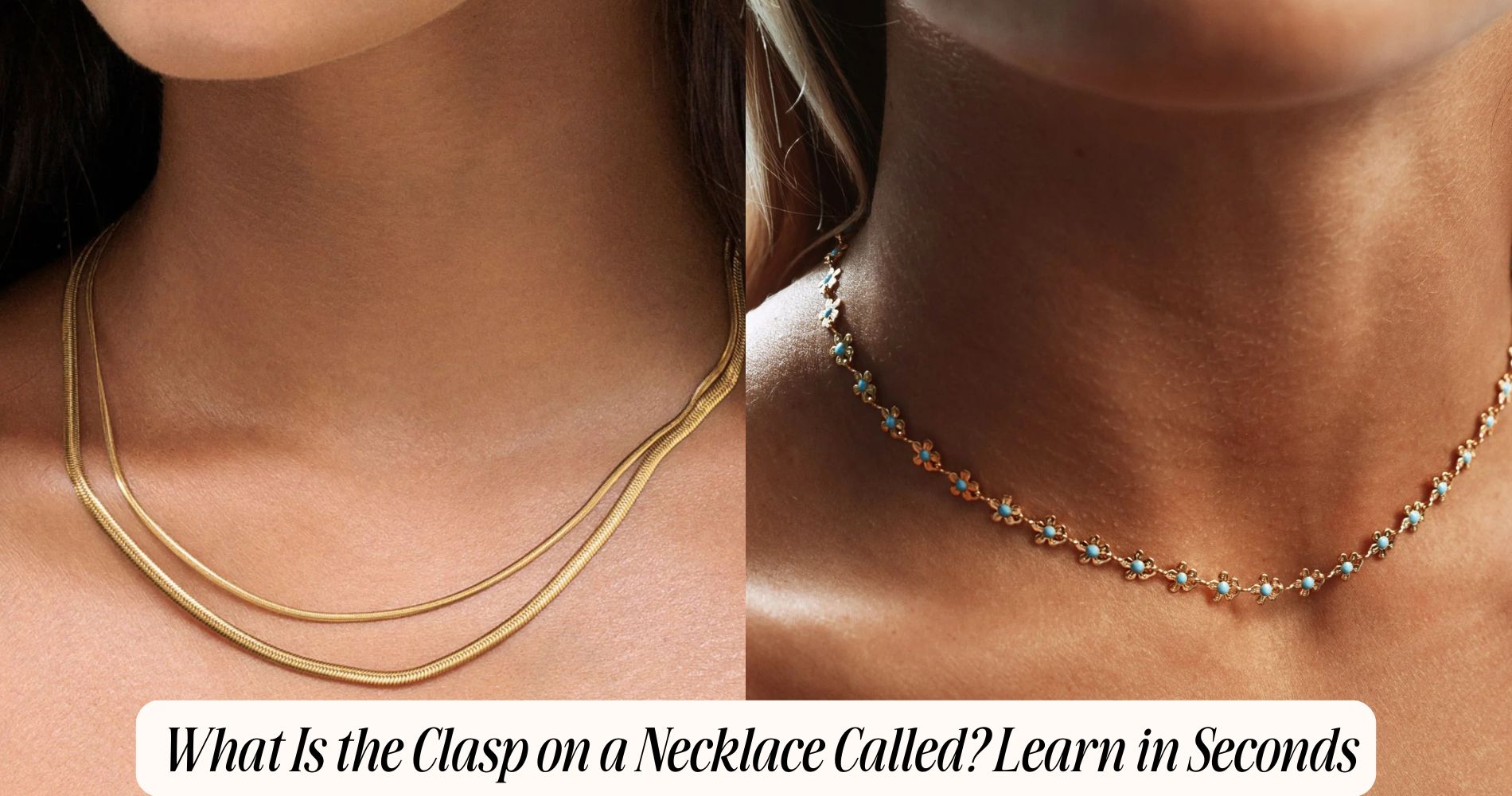
What Is the Clasp on a Necklace Called? Learn in Seconds
What is the clasp on a necklace called? It's the essential fastener that keeps your jewelry secure—an often overlooked detail with a fascinating history. From ancient adornments to modern-day designs, clasps have evolved into functional mechanisms like the lobster clasp, spring ring, and toggle clasp. Each type relies on smart engineering—spring-loaded, lever-action, or interlocking components—to balance ease of use with reliable closure. The right clasp should suit the necklace’s weight and purpose. Curious how style meets function? Explore our Gold Stacking Necklaces to see these elegant clasps in action.
Understanding the Purpose of a Necklace Clasp
Although often overlooked, the clasp on a necklace serves as an essential mechanical fastener, securing the jewelry around the wearer’s neck and allowing for easy removal.
When you examine clasp functionality, you'll notice that it guarantees both safety and convenience—preventing accidental loss while permitting swift fastening and unfastening.
Clasp design has evolved considerably since ancient times. Early civilizations used simple hooks or knots, but advances in metallurgy and craftsmanship led to more intricate and reliable mechanisms.
Modern clasps integrate precision engineering, using components like springs, levers, or magnets to assure durability and a secure fit.
Ultimately, the clasp isn’t merely decorative; it’s a critical component engineered for reliability. Understanding its purpose helps you appreciate how historical innovation influences current jewelry technology and wearability.
The Most Common Types of Necklace Clasps
Several distinct clasp types dominate modern necklace design, each engineered for specific security and aesthetic considerations.
You’ll encounter the lobster clasp frequently; it’s named for its spring-loaded, pincer-like mechanism that guarantees a secure closure. This clasp gained popularity in the mid-20th century due to its reliability and ease of use, making it a standard in both fine and costume jewelry.
Another prevalent style is the toggle clasp, featuring a T-shaped bar that fits into a circular ring. The toggle clasp, inspired by Victorian-era jewelry, offers an elegant look and is appreciated for its simplicity, though it’s best suited for heavier necklaces where gravity keeps it closed.
Other common types include spring ring, magnetic, and box clasps, each serving unique functional and stylistic roles.
How to Identify Different Clasp Styles
Curious about telling one clasp from another? You’ll need to pay attention to clasp styles and clasp materials.
For example, the lobster clasp, introduced in the 1970s, features a self-closing spring mechanism and a distinctive, elongated body—usually crafted from stainless steel or gold alloys.
The spring ring clasp, dating back to the Victorian era, is circular with a tiny lever that retracts a segment of the ring, typically made of precious metals.
Toggle clasps, recognized by a T-shaped bar and a ring, offer both security and vintage appeal, frequently appearing in sterling silver.
Box clasps, popularized in Art Deco jewelry, use a tab inserted into a decorative box, often set with gemstones.
Observing the mechanism and the clasp materials reveals the style and sometimes the era of your necklace.
Choosing the Right Clasp for Your Necklace
When selecting the best clasp for your necklace, consider how the clasp design, mechanism, and material align with both the necklace’s weight and its intended use.
Historically, heavier necklaces demanded robust mechanisms like box clasps or barrel clasps, while lightweight chains favored spring rings or lobster clasps for ease of use.
Clasp material selection is critical—precious metals like gold or sterling silver offer durability and hypoallergenic properties, whereas base metals may corrode over time.
For gemstone or pearl strands, a filigree fishhook clasp provides both security and elegance.
Clasp size considerations guarantee proportional aesthetics and functional reliability; a clasp too small may not support the necklace, while an oversized clasp can disrupt its visual harmony.
Assess these technical factors before making your choice.
Tips for Maintaining and Securing Necklace Clasps
Although necklace clasps have evolved over centuries to incorporate sophisticated locking mechanisms and durable alloys, their longevity and security depend on regular inspection and proper maintenance.
For effective clasp care, examine the closure routinely for signs of metal fatigue, corrosion, or loosening of the spring mechanism—common issues affecting lobster, barrel, and box clasps. Clean clasps with a soft brush and mild solution to prevent debris accumulation, which can compromise clasp security.
Historically, goldsmiths recommended periodic lubrication for intricate locking components, such as the tongue-and-groove systems in vintage box clasps. Always store necklaces flat to avoid unnecessary strain on the hinge and trigger elements.
Frequently Asked Questions
Can I Replace a Broken Necklace Clasp Myself?
You can replace a broken necklace clasp yourself. Use clasp replacement tips like choosing the correct jump ring size and pliers. Explore DIY clasp solutions—spring rings date to the 1920s, while lobster clasps offer enhanced durability and security.
Are Hypoallergenic Clasps Available for Sensitive Skin?
You’ll find hypoallergenic clasps crafted from materials like surgical-grade stainless steel, titanium, and niobium, minimizing skin sensitivity. Historically, jewelers used nickel, but modern advancements favor hypoallergenic materials to address allergic reactions in sensitive individuals.
What Materials Are Necklace Clasps Typically Made From?
You’ll find clasp materials like sterling silver, gold, stainless steel, and brass, each offering distinct clasp durability. Historically, jewelers favored precious metals for prestige, but today, alloys and plated metals balance aesthetics, strength, and cost-efficiency.
Do Vintage Necklaces Use Different Clasp Designs?
You'll notice vintage clasp styles often differ from modern types; antique necklace fasteners include box clasps, barrel clasps, and filigree tongue-and-groove mechanisms. These historical designs reflect both the era's aesthetics and evolving jewelry-making techniques, offering unique security features.
How Can I Make a Clasp Easier to Fasten?
To make a clasp easier to fasten, you can choose ergonomic clasp designs like magnetic or toggle styles. Apply fastening techniques such as using a bracelet helper tool, historically adopted for intricate closures, ensuring secure attachment and greater accessibility.
Conclusion
Now you know that the clasp on a necklace isn’t just a fastener—it’s an essential component with a rich history, from the utilitarian spring ring to the ornate box clasp. As you evaluate your jewelry, consider each clasp’s mechanism, durability, and period-specific design. By understanding technical nuances and historical context, you’ll select clasps that best suit your needs and preserve your necklace’s integrity. Don’t overlook maintenance; proper care guarantees longevity and security for every treasured piece.







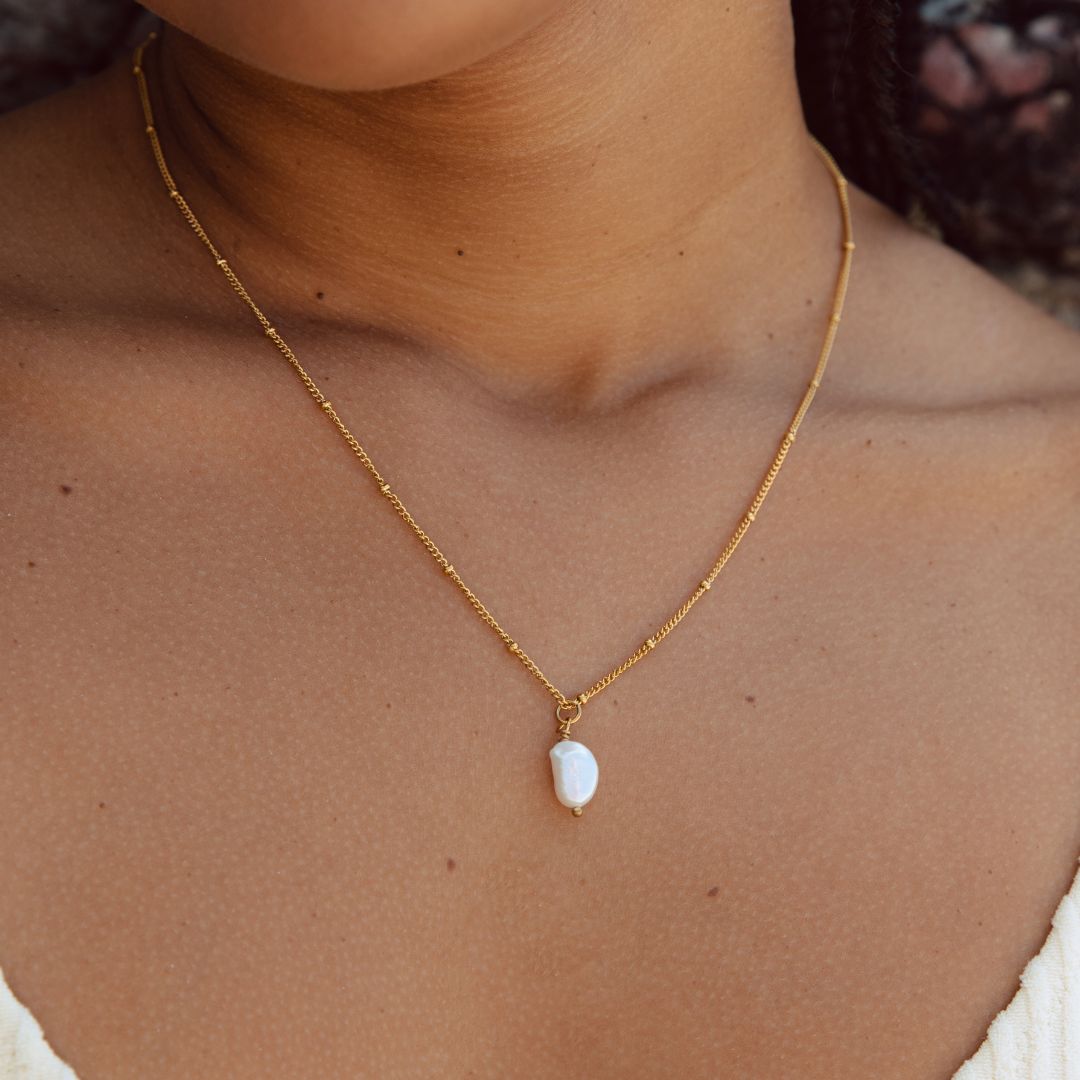

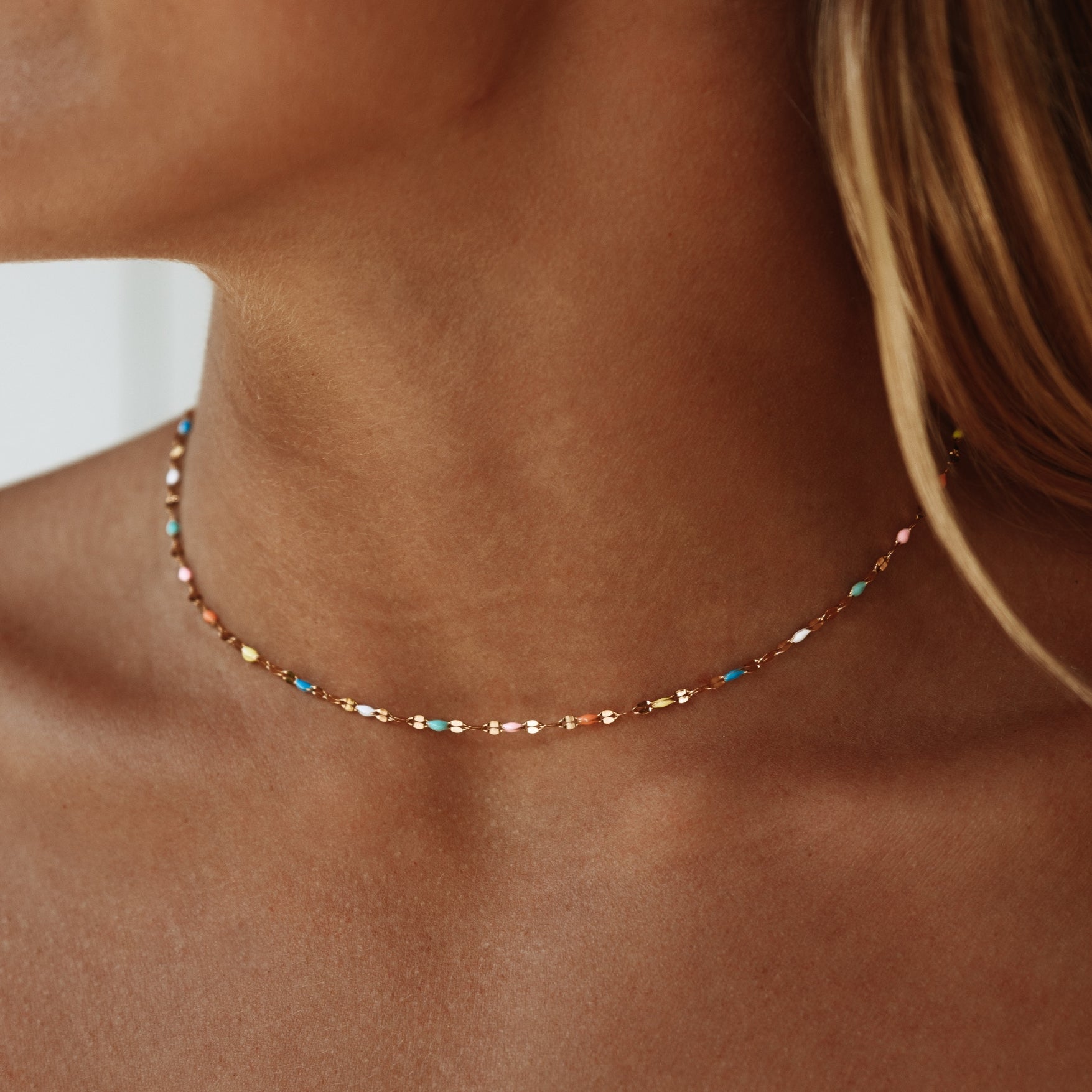


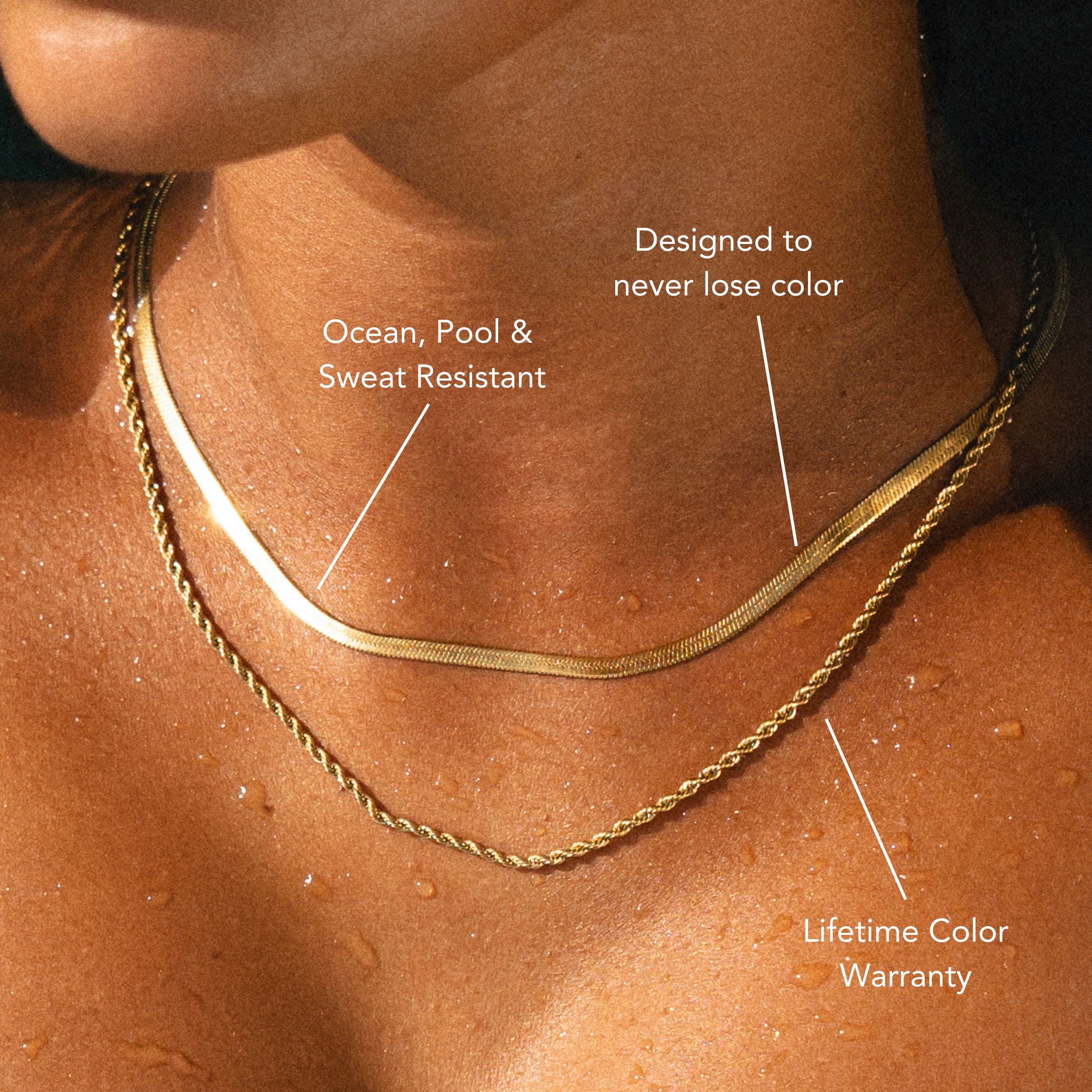
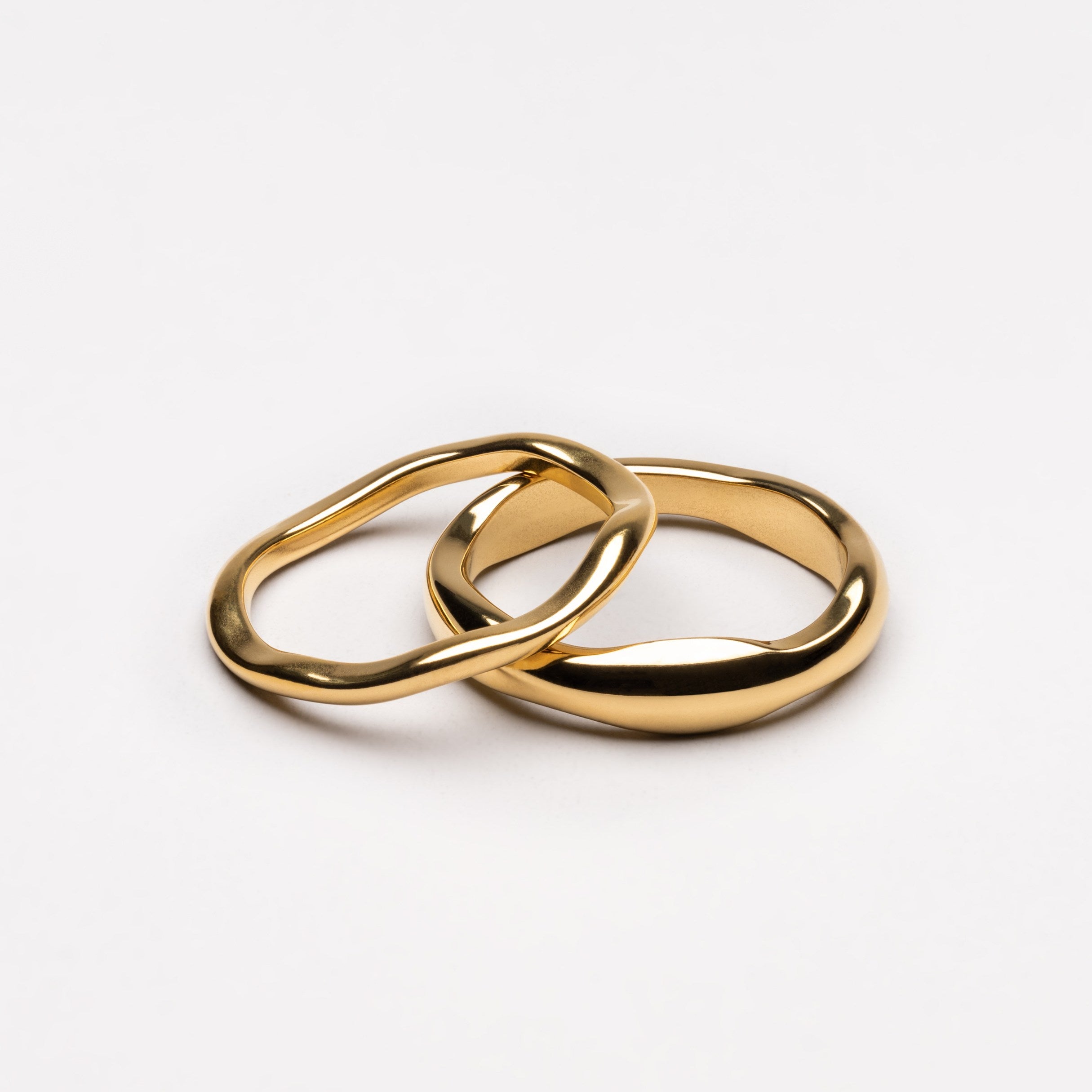
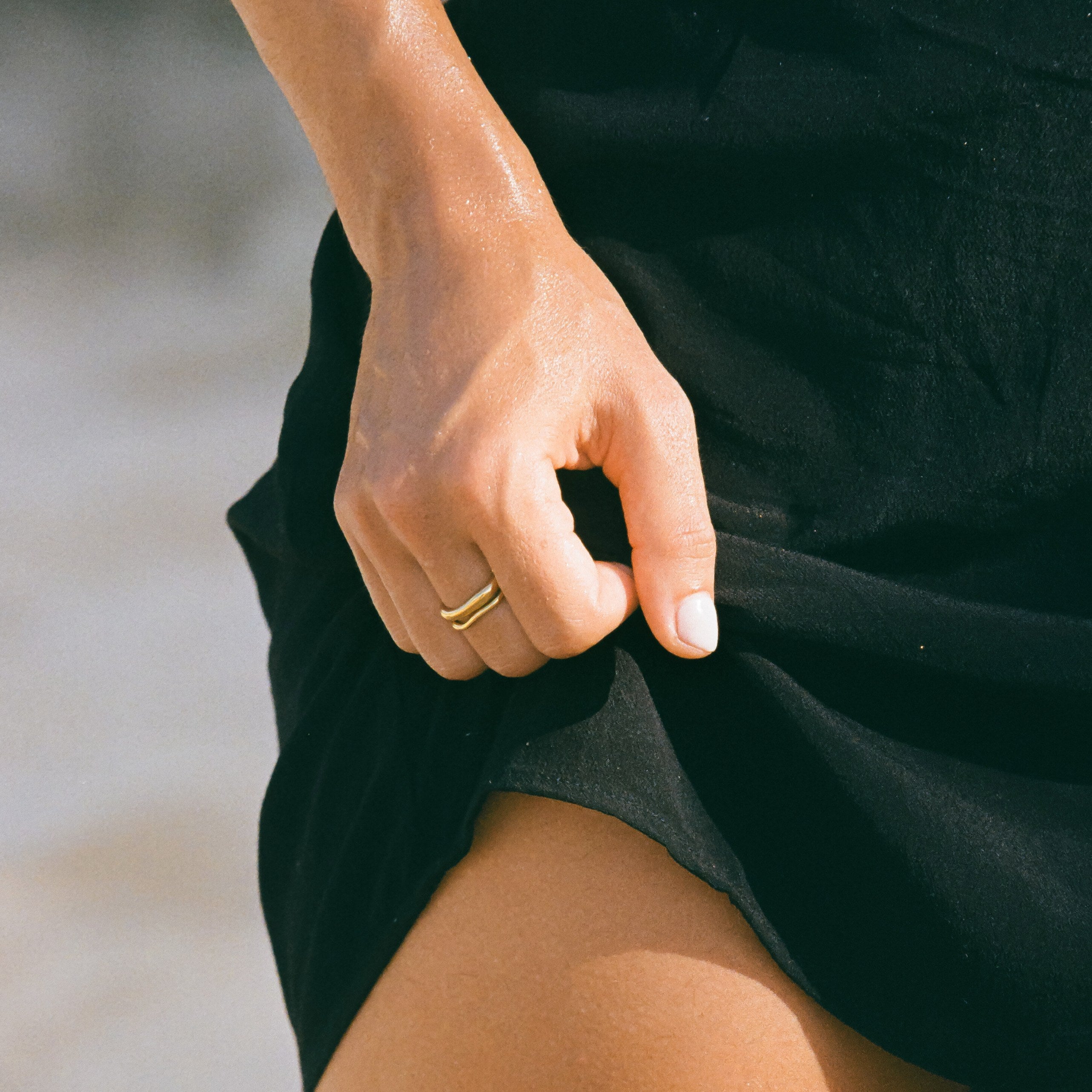

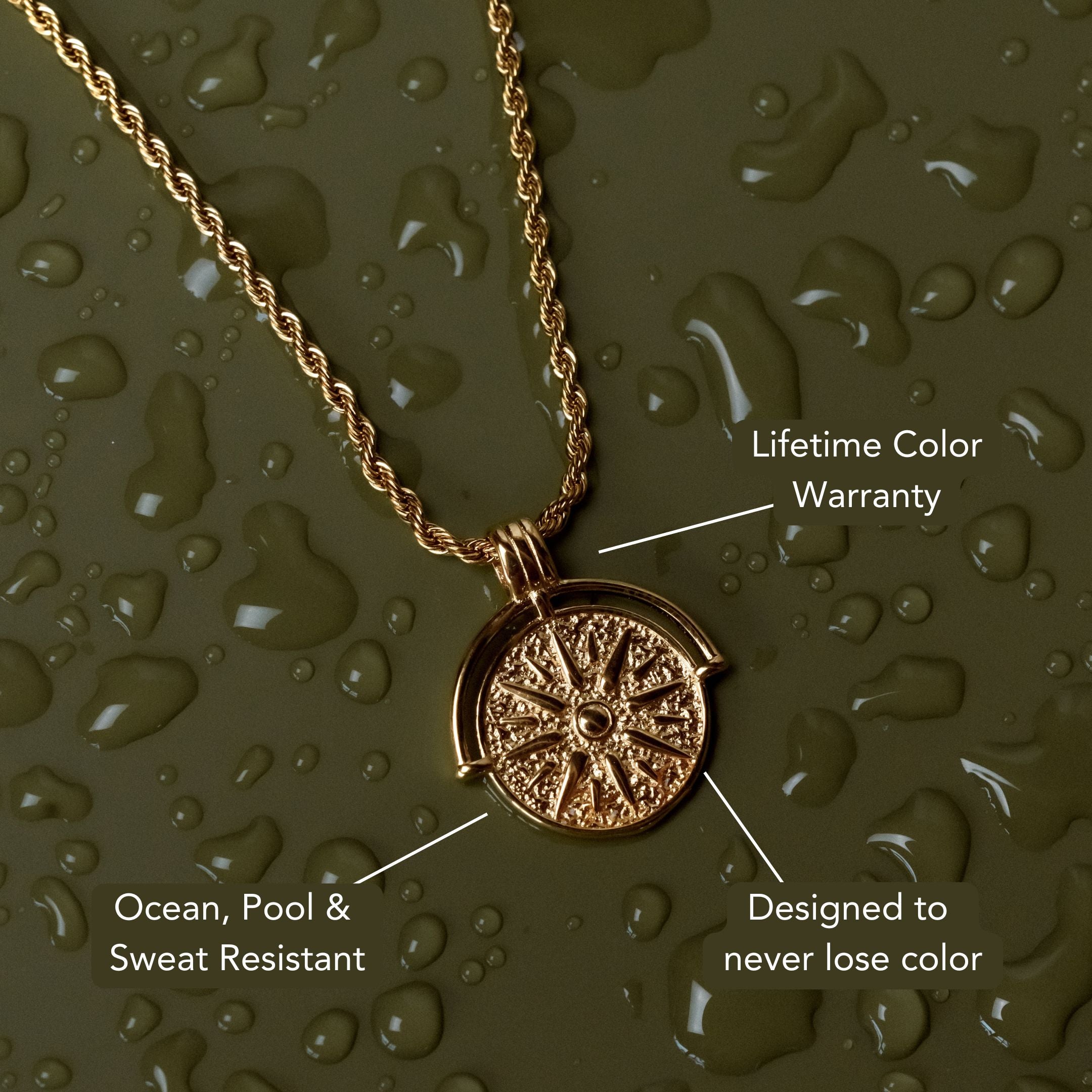

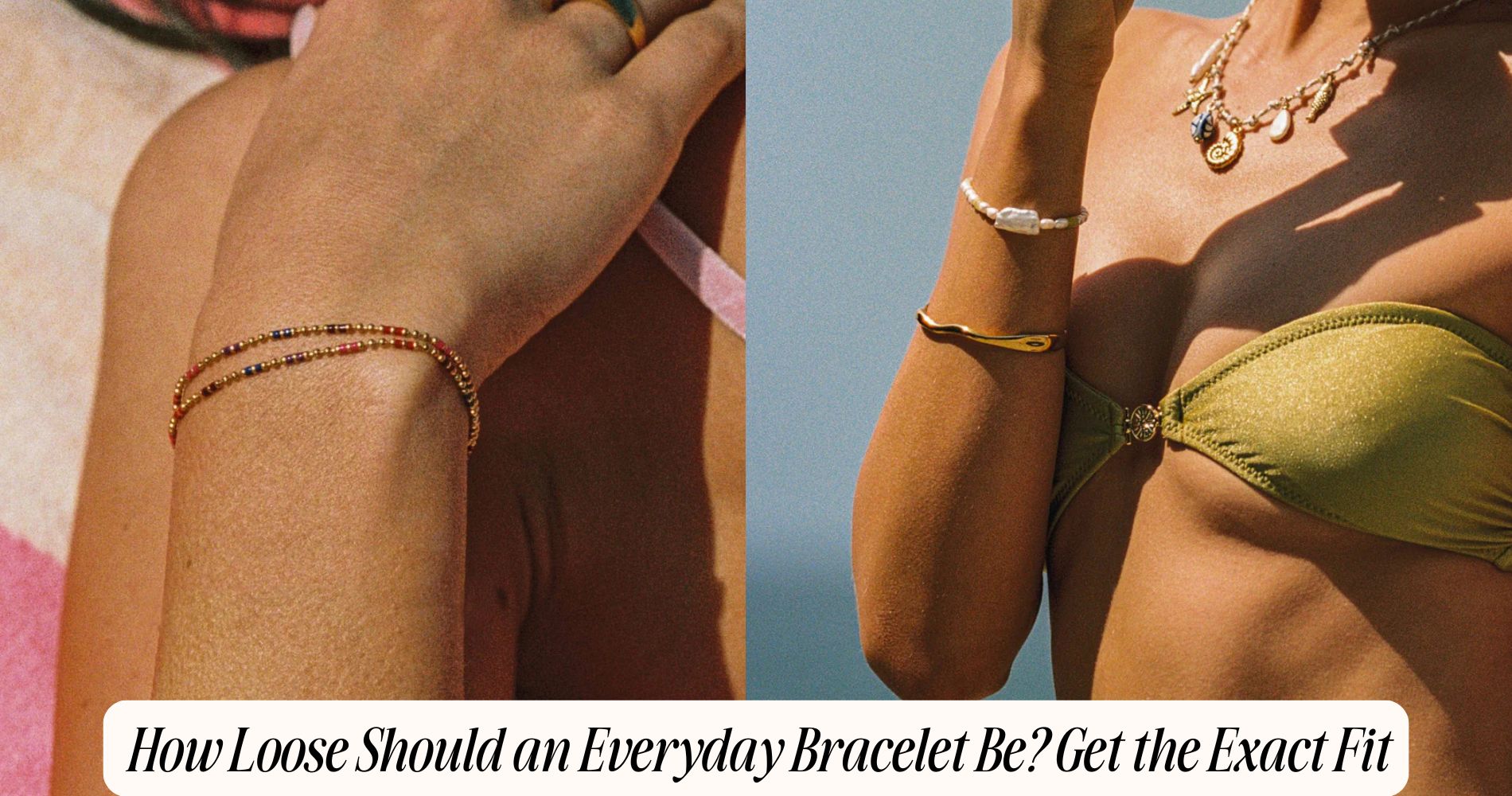




コメントを書く
このサイトはhCaptchaによって保護されており、hCaptchaプライバシーポリシーおよび利用規約が適用されます。